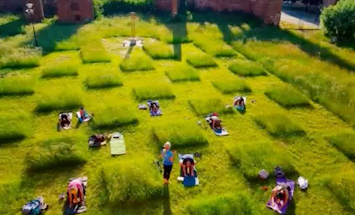The global pandemic has seen radical and unprecedented shifts in how people have been forced to behave – but also how people have adapted their streets and spaces so their communities can continue to function. Data shows that street adaptations would benefit people who would prefer to walk and cycle more than drive. At the same time, climate change factors such increased incidence of high-intensity cloudburst events cause urban flooding where it hasn’t been experienced before.
Neighborhood-scale transit-type adaptations present an opportunity to intersect multi-modal designs with holistic measures such as blue-green infrastructure to create healthy and safe options for residents. This presentation will explore how changes in how we approach neighborhood design and resident interactions have helped achieve the multiple benefits of healthy streets and how they are compatible with the principles of green infrastructure and flood mitigation.
The presentation will include stories of public spaces, particularly streets, that have been reimagined to amplify non-motorized uses and improve stormwater performance, including real-world examples from the US and UK where green stormwater projects have been constructed in partnership with rebuilt public space. One example will explore how neighborhood greenway retrofit incorporating green stormwater infrastructure was included the City of Seattle’s designation of 20 miles of “Stay Healthy Streets” to enable social distancing on neighborhood streets in response to COVID-19. Such efforts have been so well received that Seattle is moving to make some of these streets a permanent designation. The presentation will focus on local neighborhoods rather than city centres.
About Instructors
Course Content






